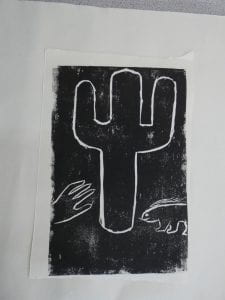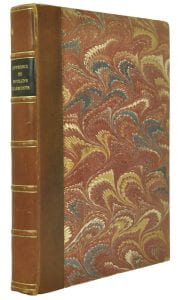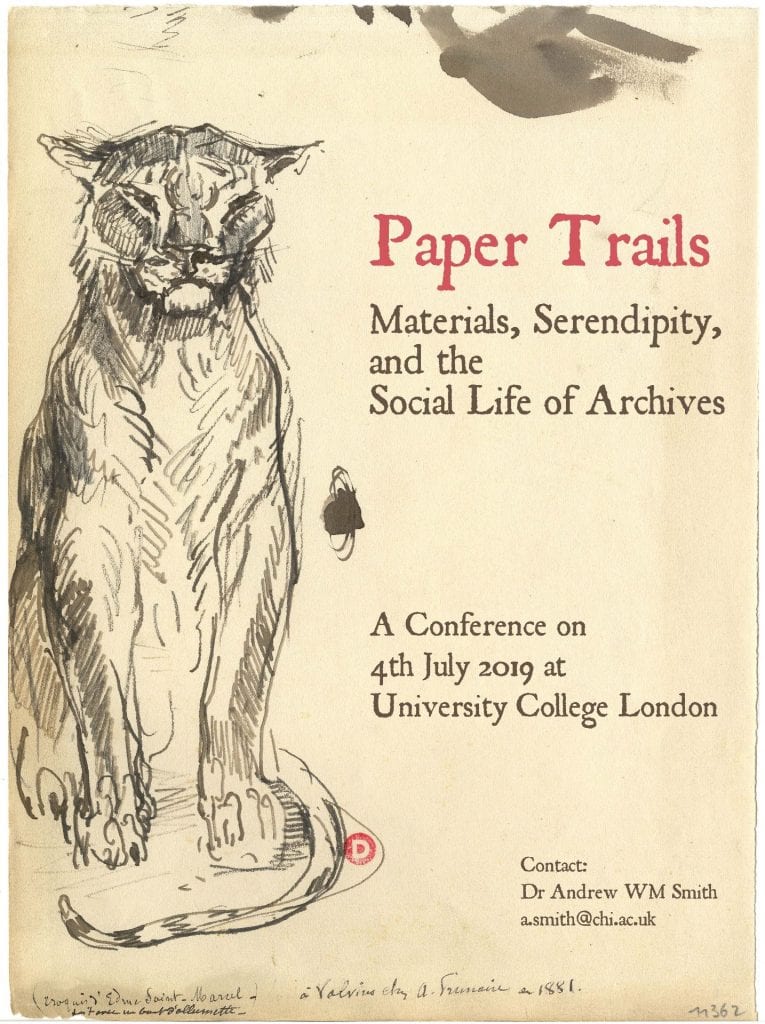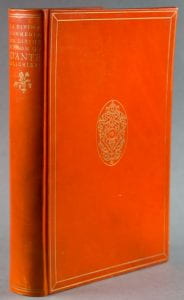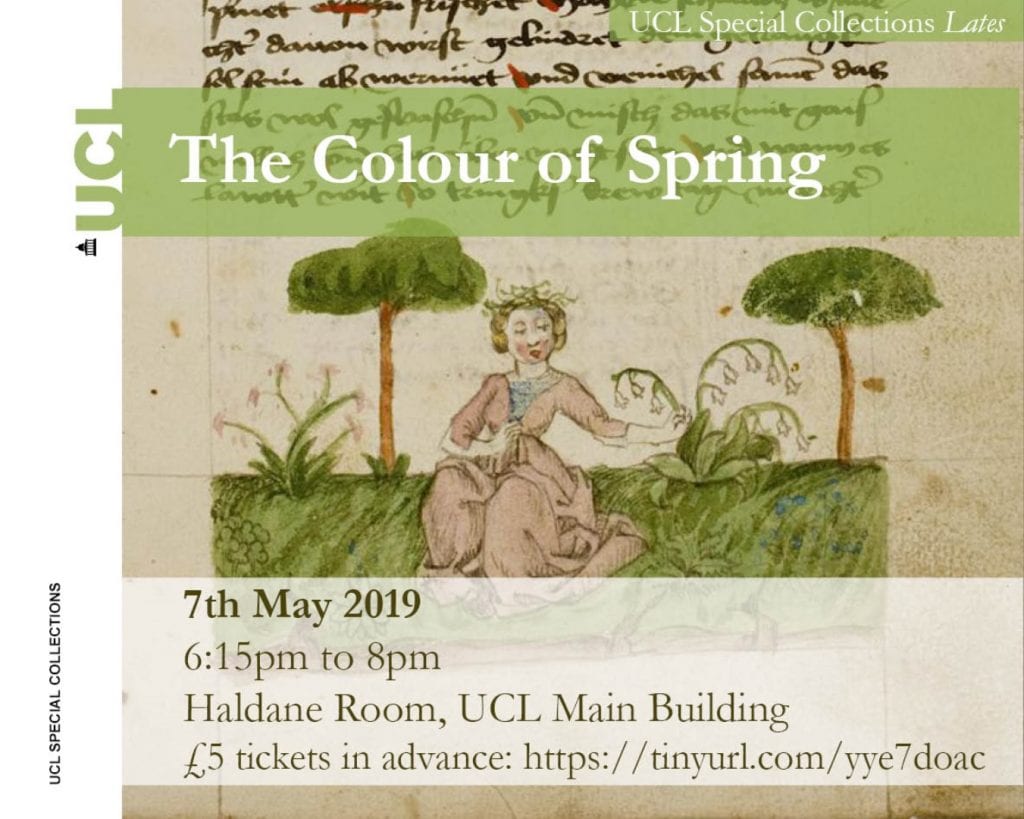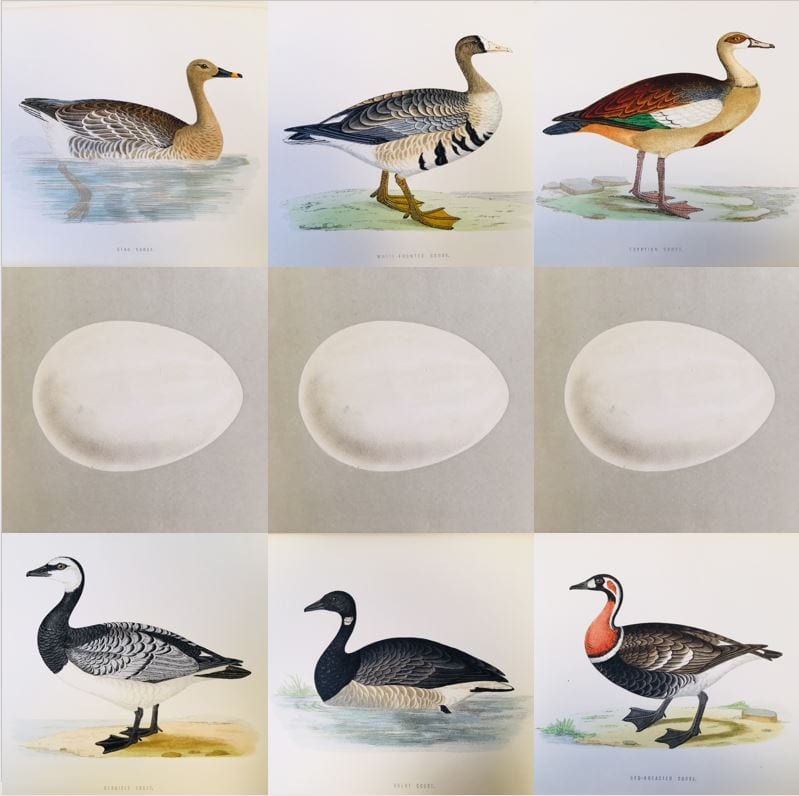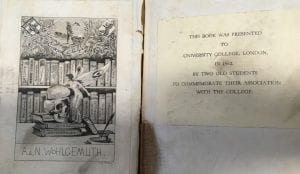The Power of Print
By Vicky A Price, on 19 February 2020
The Outreach team at UCL Special Collections have spent a great six weeks delivering an after school club to Year 7, 8 and 9 pupils at William Ellis School. Pupils attended in their free time to explore how written texts have been produced through the ages and to learn about some of the ways printing has influenced western society.
Each session involved a hands on art or craft activity, producing manuscripts complete with calligraphy and gold leaf, block prints of historiated initials and lino cut illustrations. We are proud to share the end results of this final task with you – pupils were asked to choose a poem from a selection and to create an image they felt represented the poem in a lino print.
Porcupines
By Marilyn Singer
Hugging you takes some practice.
So I’ll start out with a cactus.
(Poem taken from the Poetry Foundation)
Trees
By Joyce Kilmer

I think that I shall never see
A poem lovely as a tree.
A tree whose hungry mouth is prest
Against the earth’s sweet flowing breast;
A tree that looks at God all day,
And lifts her leafy arms to pray;
A tree that may in Summer wear
A nest of robins in her hair;
Upon whose bosom snow has lain;
Who intimately lives with rain.
Poems are made by fools like me,
But only God can make a tree.
(Poem taken from the Poetry Foundation)
Extract from The Cloud
By Percy Bysshe Shelley
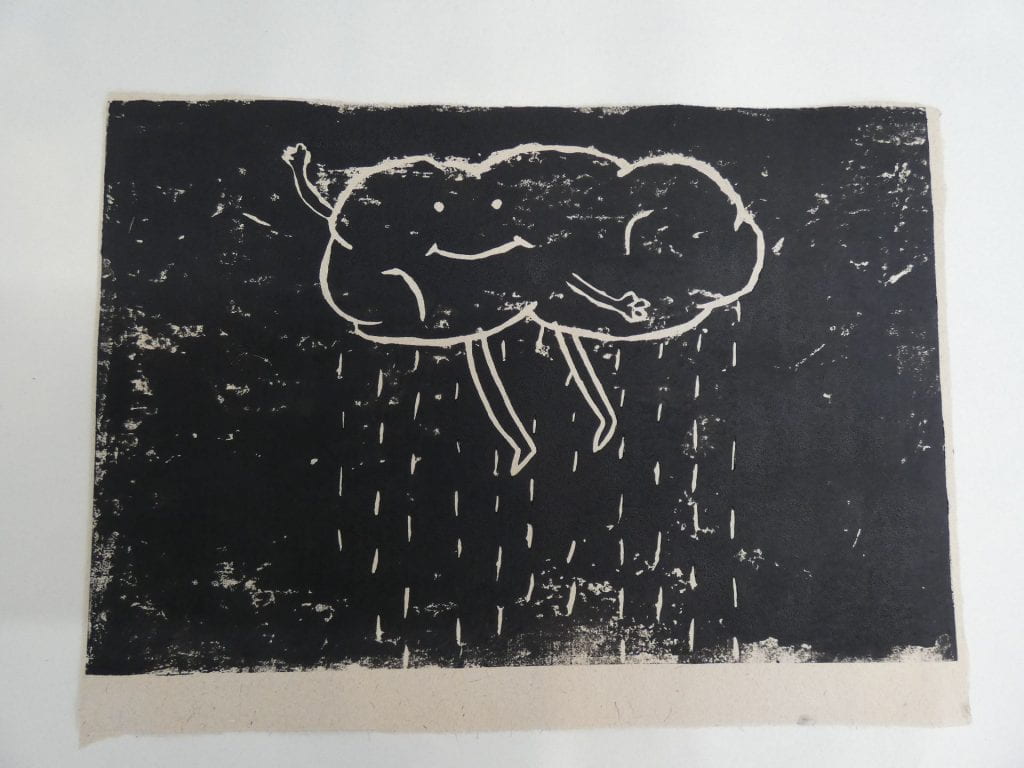
I bring fresh showers for the thirsting flowers,
From the seas and the streams;
I bear light shade for the leaves when laid
In their noonday dreams.
From my wings are shaken the dews that waken
The sweet buds every one,
When rocked to rest on their mother’s breast,
As she dances about the sun.
I wield the flail of the lashing hail,
And whiten the green plains under,
And then again I dissolve it in rain,
And laugh as I pass in thunder.
(Poem taken from The Poetry Foundation)
To Catch a Fish
By Eloise Greenfield
It takes more than a wish
to catch a fish
you take the hook
you add the bait
you concentrate
and then you wait
you wait you wait
but not a bite
the fish don’t have
an appetite
so tell them what
good bait you’ve got
and how your bait
can hit the spot
this works a whole
lot better than
a wish
if you really
want to catch
a fish
(Poem taken from The Poetry Foundation)
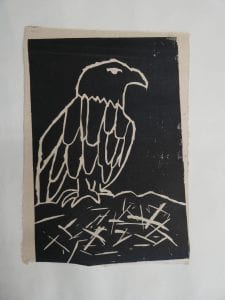
The Eagle
By Alfred, Lord Tennyson
He clasps the crag with crooked hands;
Close to the sun in lonely lands,
Ring’d with the azure world, he stands.
The wrinkled sea beneath him crawls;
He watches from his mountain walls,
And like a thunderbolt he falls.
(Poem taken from The Poetry Foundation)
 Close
Close


